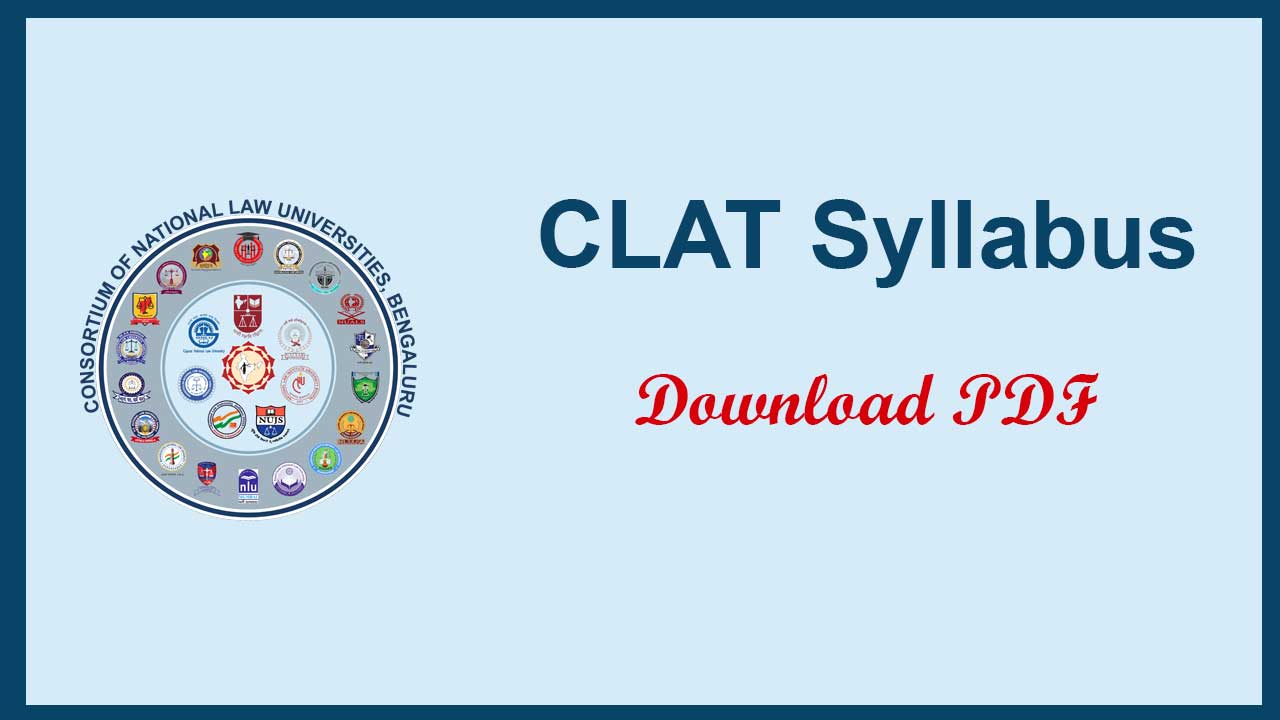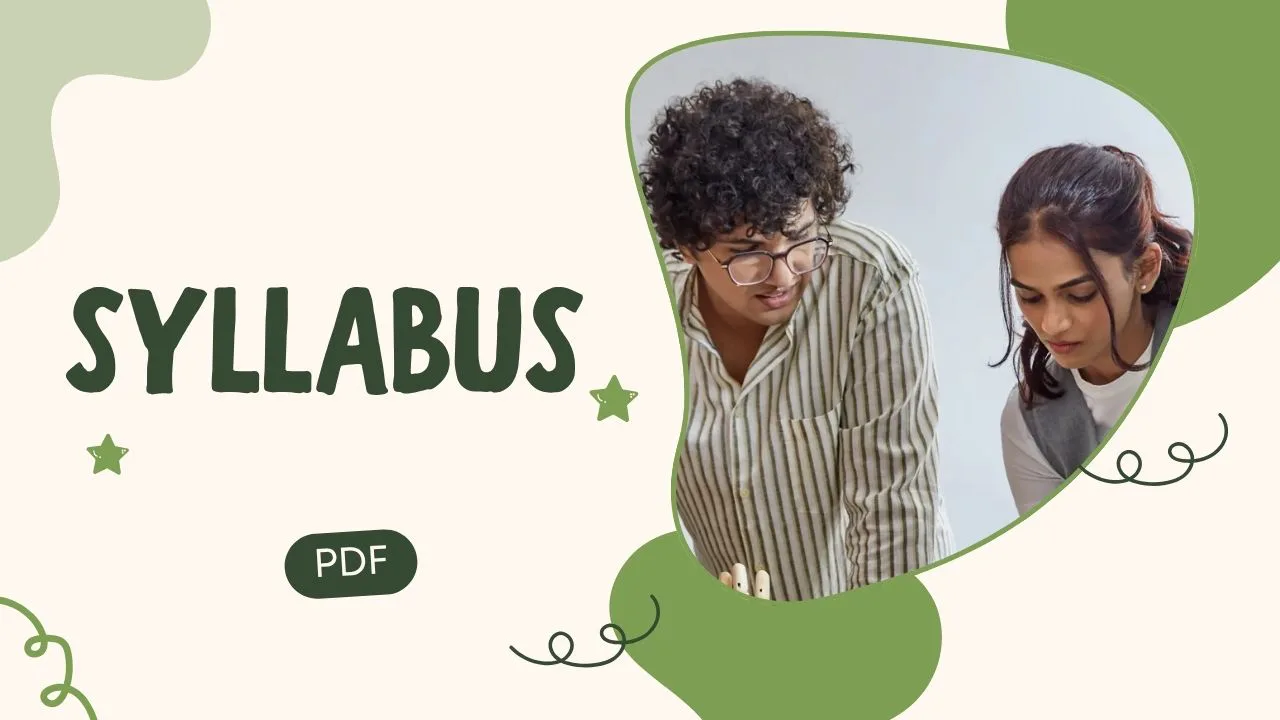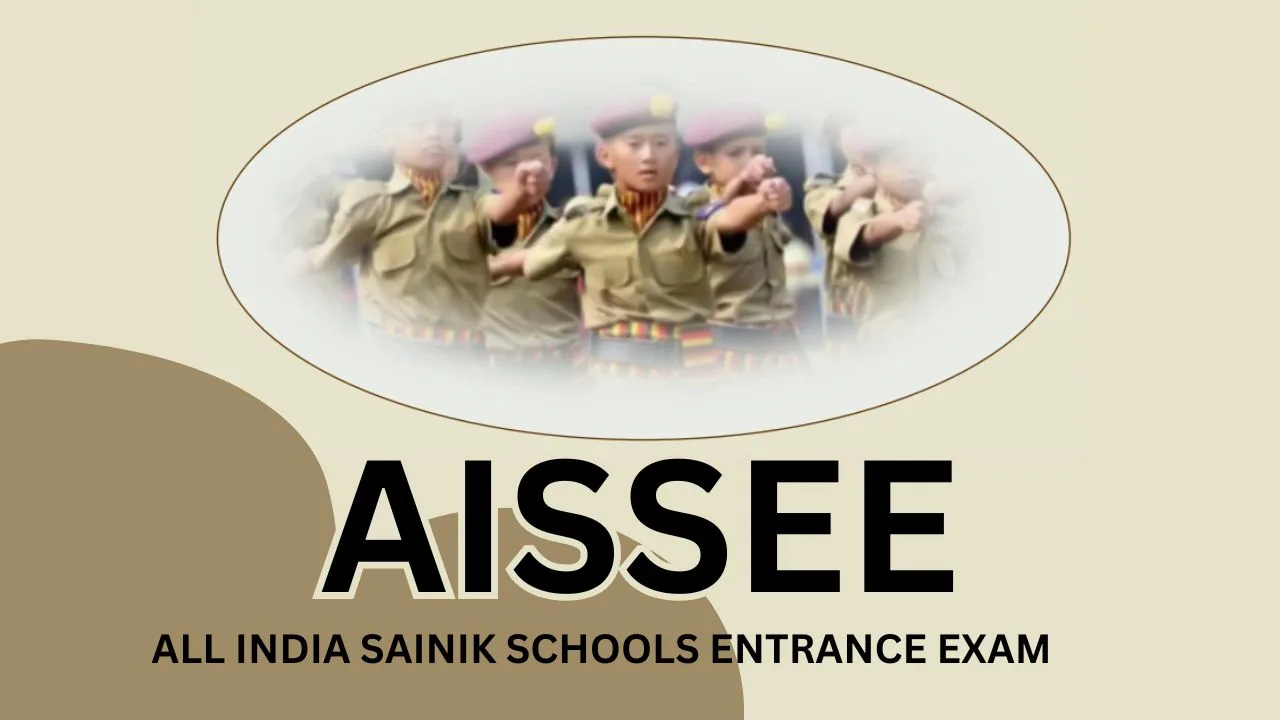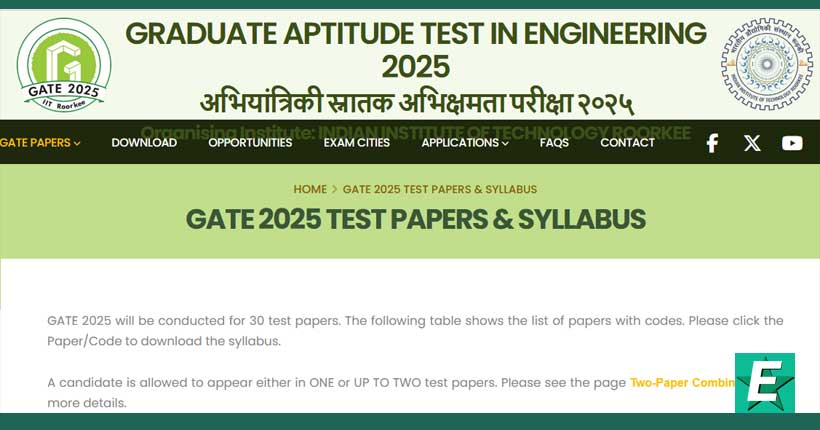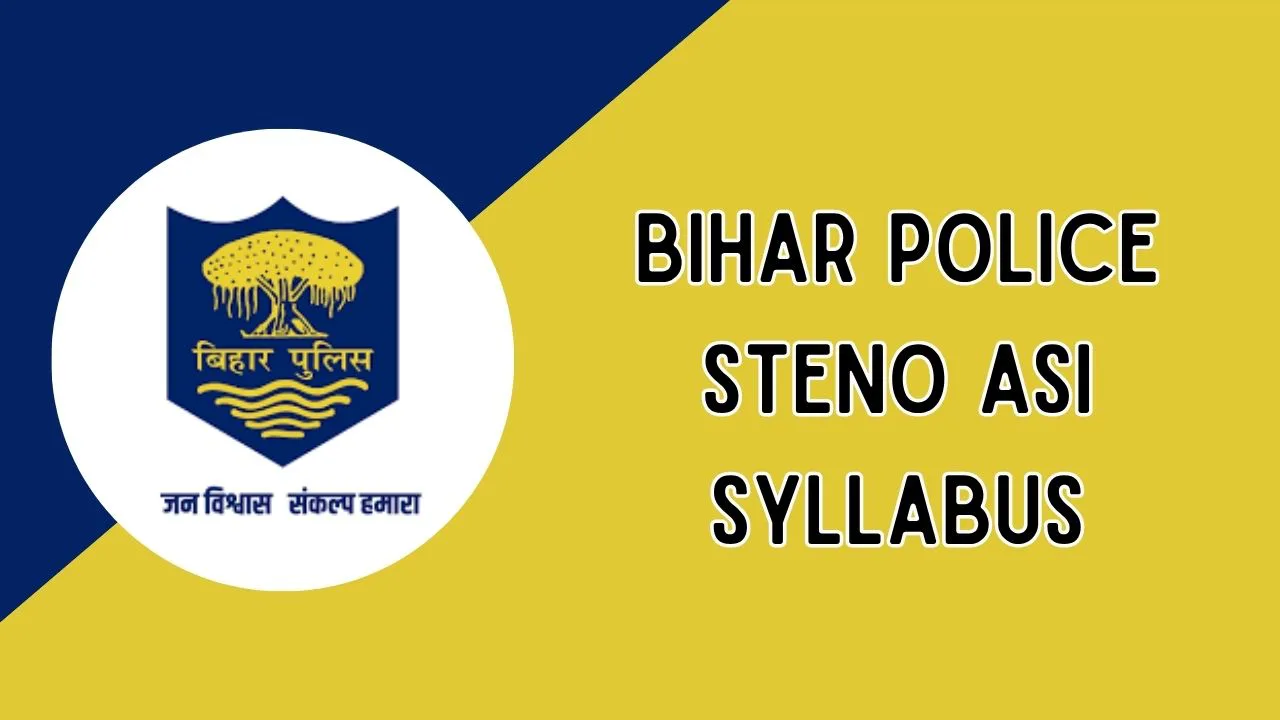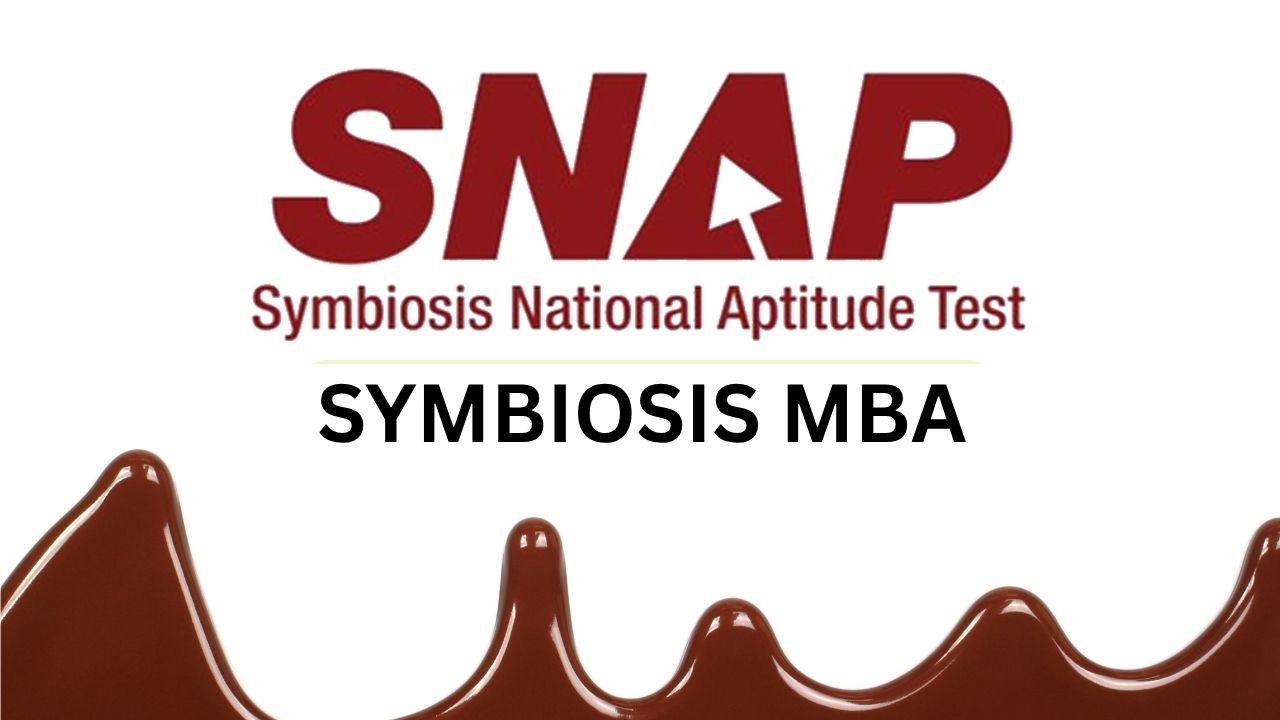CLAT UG Syllabus 2026: The Consortium of National Law Universities (NLUs) has released the CLAT UG 2025 syllabus on its official website at consortiumofnlus.ac.in. The Common Law Admission Test (CLAT) exam is conducted for admissions to LLB, B.Sc LLB, BBA LLB, B.Com LLB, BSW LLB courses in an offline mode on December 07, 2025. Those who applied for CLAT this year must have complete knowledge of the topics in CLAT Syllabus 2026. The CLAT Syllabus 2026 is very important for the candidates who are going to participate in it.
CLAT Syllabus 2026
| Conducted By | Consortium of National Law Universities (NLUs) |
| Exam Name | Consortium Law Admission Test |
| Category | Syllabus |
| Exam date | Soon |
| Official site | consortiumofnlus.ac.in |
CLAT Exam Pattern 2026 for UG & PG
UG Question Paper Format
-
Maximum Marks: 150
-
Duration of CLAT 2026 Exam: 02:00 Hours
-
Multiple-Choice Questions: 150 questions of one mark each
-
Negative Marking: 0.25 Mark for each wrong answer
| Subject Areas with weightage: | (approximate number of questions) |
|---|---|
| English Language | 28-32 questions, or roughly 20% of the paper |
| Current Affairs, including General Knowledge | 35-39 questions, or roughly 25% of the paper |
| Legal Reasoning | 35-39 questions, or roughly 25% of the paper |
| Logical Reasoning | 28-32 questions, or roughly 20% of the paper |
| Quantitative Techniques | 13-17 questions, or roughly 10% of the paper |
CLAT PG Exam Pattern
- Maximum Marks: 120
- Duration of exam: 02:00 Hours
- Multiple-Choice Questions: 120 questions of one mark each
-
yllabus:
-
Constitutional Law
-
Other areas of law such as Jurisprudence, Administrative Law, Law of Contract, Torts, Family Law, Criminal Law, Property Law, Company Law, Public International Law, Tax Law, Environmental Law, and Labour & Industrial Law
-
-
Negative Marking: 0.25 Mark will be deducted for each wrong answer
CLAT UG 2025 Syllabus Topic-wise
English Language
In this section of the UG-CLAT 2025, you will be provided passages of about 450 words each. These passages will be derived from contemporary or historically significant fiction and non-fiction writing, and would be of a standard that a 12th standard student may be able to read in about 5-7 minutes.
Each passage will be followed by a series of questions that will require you to demonstrate your comprehension and language skills, including your abilities to:
- Read and comprehend the main point discussed in the passage, as well as any arguments and viewpoints discussed or set out in the passage;
- Draw inferences and conclusions based on the passage;
- Summarise the passage;
- Compare and contrast the different arguments or viewpoints set out in the passage; and
- Understand the meaning of various words and phrases in the context used in the passage.
Current Affairs Including General Knowledge
In this section, you will be provided passages of up to 450 words each. The passages will be derived from news, journalistic sources and other non-fiction writing. The questions may include examining legal information or knowledge discussed in or related to the passage. Still, they would not require any additional law knowledge beyond the passage.
Each passage will be followed by a series of questions that will require you to demonstrate your awareness of various aspects of current affairs and general knowledge, including:
- Contemporary events of significance from India and the world;
- Arts and culture;
- International affairs; and
- Historical events of continuing significance.
Legal Reasoning
In this section, you will be expected to read passages of around 450 words each. The passages may relate to fact situations or scenarios involving legal matters, public policy questions or moral philosophical enquiries. You will not require any prior knowledge of law to attempt the questions in this section. You will benefit from a general awareness of contemporary legal and moral issues to better apply general principles or propositions to the given fact scenarios.
Each passage would be followed by a series of questions that will require you to:
- Identify and infer the rules and principles set out in the passage;
- Apply such rules and principles to various fact situations; and
- Understand how changes to the rules or principles may alter their application to various fact situations.
Logical Reasoning
The Logical Reasoning section of the UG-CLAT 2025 will include a series of short passages of about 450 words each. Each passage will be followed by one or more questions that will require you to:
- Recognise an argument, its premises and conclusions;
- Read and identify the arguments set out in the passage;
- Critically analyse patterns of reasoning, and assess how conclusions may depend on particular premises or evidence, and how conclusions may be strengthened or weakened as a consequence of an alteration in premises or supporting facts;
- Infer what follows from the passage and apply these inferences to new situations;
- Draw relationships and analogies, identify contradictions and equivalence, and assess the effectiveness of arguments.
Quantitative Techniques
The Quantitative Techniques section of the UG-CLAT 2025 will include short sets of facts or propositions, or other textual representations of numerical information, followed by a series of questions. You will be required to derive information from the passages or questions, and apply mathematical operations on such information.
The questions will require you to:
- Derive, infer, and manipulate numerical information set out in such passages; and
- Apply various 10th-standard mathematical operations to such information, including those from areas such as ratios and proportions, basic algebra, mensuration, and statistical estimation.
Preparing for the UG-CLAT 2025
The Consortium plans to publish various preparatory materials for the UG-CLAT 2025, including:
- Guides to the question paper and sample questions;
- Model question papers; and
- Instructional materials and exercises for each of the subjects that the UG-CLAT 2025 comprises.
The Consortium will also provide candidates who have successfully completed their application to the UG-CLAT 2025 access to a learning platform where you may access the preparatory materials described above, as well as your scores on various exercises and model question papers. The Consortium shall also organise online sessions for such candidates, in which subject experts shall provide guidance on how best to prepare for each of the sections of the UG-CLAT 2025, and how candidates may approach the questions in each section.
In addition, you should develop your capacity to read and understand bodies of text, ensure you stay abreast of news and current affairs by regularly reading quality newspapers and periodicals, and improve your speed of answering questions on quantitative techniques by practising with materials such as 10th standard mathematics textbooks.

